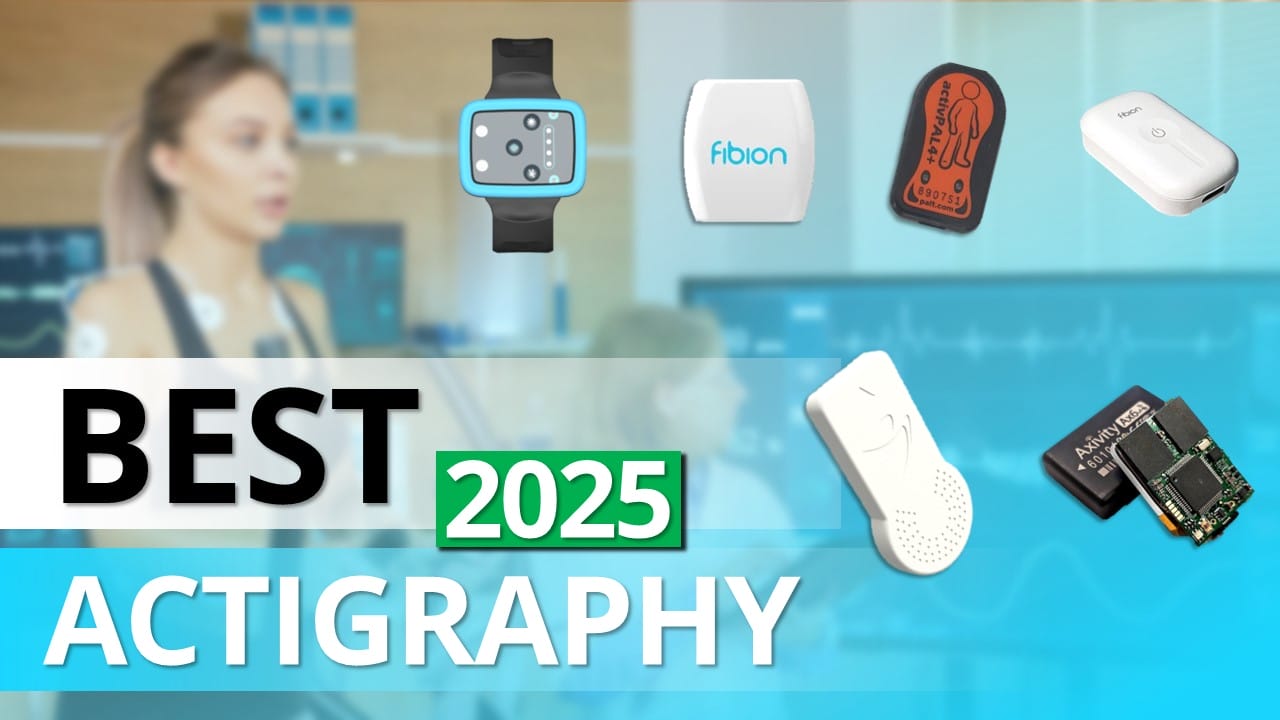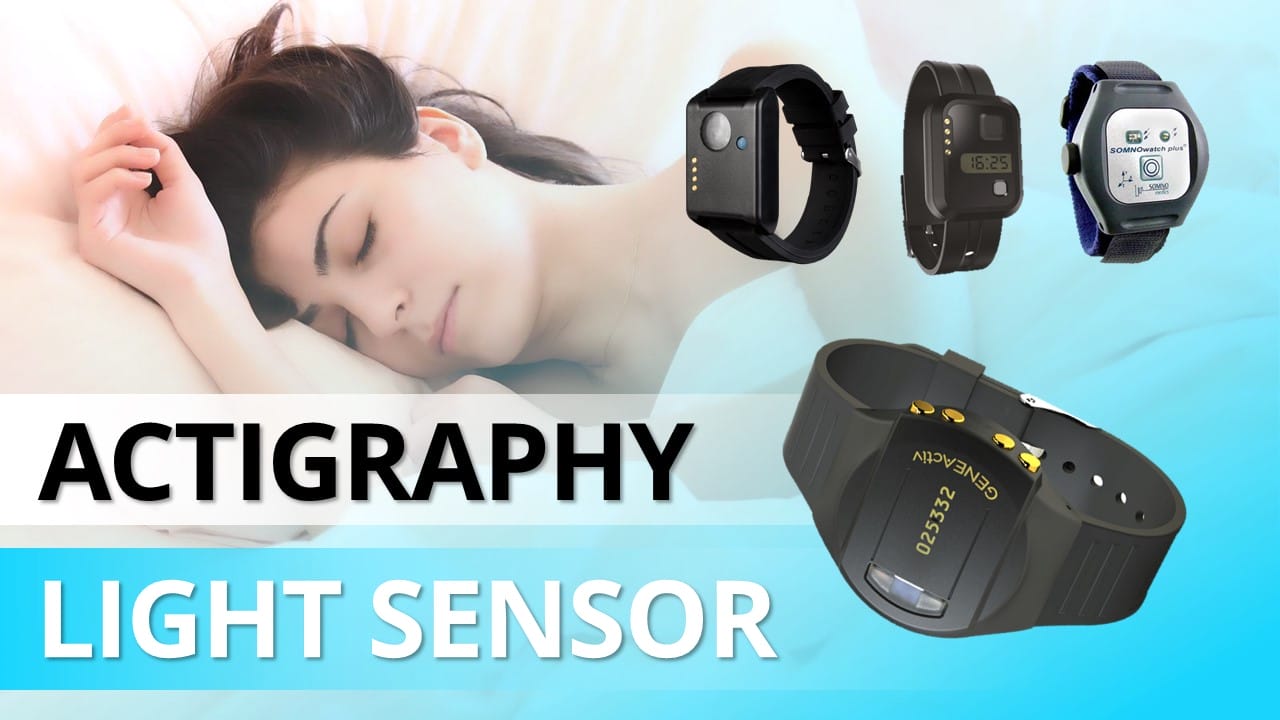1. Understanding Actigraphy Devices with Light Sensors
In the field of sleep research and circadian rhythm studies, actigraphy devices have emerged as indispensable tools. These compact devices, typically worn on the wrist, employ accelerometers to monitor movement. When integrated with light sensors, they provide a more nuanced view of the wearer’s sleep-wake patterns and exposure to environmental light, factors crucial to understanding and analyzing circadian rhythms.
Actigraphy devices with light sensors are particularly valuable because they merge motion data with light exposure information, offering a comprehensive overview of an individual’s daily activity cycles. This integration is vital for researchers focusing on sleep disorders, jet lag, shift work-related issues, and general health monitoring related to sleep and activity.
“Actigraphy devices with light sensors provide crucial insights into sleep-wake patterns and light exposure, enhancing sleep and circadian rhythm research.”
Using actigraphy devices equipped with light sensors in research lies in their ability to collect real-time, objective data over extended periods. Unlike traditional sleep studies, which may require cumbersome and invasive monitoring equipment, actigraphy provides a non-intrusive, user-friendly alternative that participants can comfortably wear as they go about their daily routines. This ease of use not only improves participant compliance but also enhances the quality and reliability of the data collected, ensuring more accurate study results.
2. Key Features to Evaluate Actigraphy Devices
When selecting an actigraphy device with a light sensor for your research, it’s essential to focus on several critical features that can influence the outcome and quality of your data. Understanding these features will help you make an informed decision about which device is best suited for your specific needs.
- Sensor Accuracy: The precision of the sensor is paramount. This includes its ability to accurately record movements and differentiate between light and dark periods, as well as its sensitivity to varying levels of light intensity which is crucial for studies involving light exposure effects on sleep and circadian rhythms.
- Battery Life: Since many studies require continuous data collection over extended periods, the battery life of the actigraphy device is a significant consideration. Opt for devices that offer long battery life to minimize disruptions and the need for frequent recharging, which can be particularly beneficial in longitudinal studies.
- Data Output: The type and granularity of data provided by the actigraphy device are crucial. Ensure that the device captures detailed motion and light data, and check whether the data output meets the analytical needs of your study. Some devices offer raw data access, which allows for more in-depth analysis and custom data processing.
- Integration of Light Sensors: Light sensors should not only detect the presence and absence of light but also quantify the intensity and changes over time. This feature is critical for accurately assessing the influence of light on circadian rhythms and sleep patterns.
- Wearability and Comfort: Since participants will be wearing these devices for extended periods, the comfort and design of the actigraphy device are important. A non-intrusive, comfortable design increases compliance rates, ensuring more consistent and reliable data collection.
“In many types of research, understanding the context in which sleep, sedentary behavior, and physical activity occur is crucial. Incorporating a light sensor into actigraphy studies provides valuable context about indoor-outdoor settings and the light exposure of individuals, enhancing our understanding without adding to the burden of data collection.” – Dr. Olli Tikkanen
3. Comparing Actigraphy Devices for Your Research
Selecting the right actigraphy device with a light sensor requires a methodical approach to ensure that the chosen device aligns perfectly with your research objectives. Here’s a step-by-step guide to help you compare and select the best actigraphy sensor for your needs:
- Define Your Research Objectives: Clearly outline what you intend to measure with the actigraphy device. Are you focusing solely on sleep patterns, or are you also interested in studying circadian rhythms influenced by light exposure? Understanding your primary research goals will guide your choice of sensor features.
- Identify Key Features Needed: Based on your objectives, list the essential features your actigraphy device must have. This might include high-resolution light sensing, long battery life, or the ability to export data in a particular format. Prioritize these features according to their importance to your research.
- Research Available Models: Look for actigraphy devices that meet your listed features. Gather information on various models and manufacturers to see which devices align with your requirements. Be sure to check product reviews, white papers, and user testimonials to gauge reliability and performance.
- Compare Based on Performance and Budget: Once you have a list of potential models, compare them based on how well they perform in key areas critical to your study. Also, consider the cost of each device to ensure it fits within your budget without compromising essential features.
- Check Compatibility and Support: Ensure that the actigraphy sensor is compatible with your existing systems and software. It’s also wise to check the level of customer support provided by the manufacturer, including access to software updates and technical help.
4. Download Our Detailed Comparison Sheet
To aid in your decision-making process, we’ve compiled a comprehensive comparison sheet that details the features, performance, and pricing of various actigraphy devices with light sensors available on the market. This resource is designed to provide you with an at-a-glance overview of each model, helping you to quickly identify the sensors that meet your specific research requirements.
Access the Comparison Sheet: To download this valuable tool, simply provide your email address through the link below. Upon submission, you’ll receive an immediate download link to our detailed comparison sheet.
Download the Accelerometer and Light Sensor Research Comparison Sheet

This comparison sheet serves as a critical resource, enabling you to:
- Compare Features Side-by-Side: Easily evaluate different models based on essential features such as sensor accuracy, battery life, data output capabilities, and more.
- Assess Cost-Effectiveness: Understand the pricing relative to the features offered by each sensor, helping you to identify the most cost-effective option for your budget.
- Make Informed Decisions: With all the necessary information at your fingertips, you can make a well-informed choice that aligns with both your research goals and budgetary constraints.
We encourage you to take advantage of this comparison sheet to streamline your selection process and choose the actigraphy sensor that is best suited for advancing your research in sleep studies and circadian rhythm analysis.
5. Conclusion
Choosing the right actigraphy device with a light sensor is a crucial step in conducting effective and reliable sleep and circadian rhythm research. As we’ve outlined, understanding the key features of these devices—such as sensor accuracy, battery life, and data output capabilities—is essential for selecting a sensor that aligns with your specific research objectives.
Our detailed comparison sheet, available for download, provides a practical resource to assist you in making an informed choice by comparing various models side-by-side. By considering factors such as study design compatibility, ease of use for participants, and overall cost-effectiveness, you can select a device that not only fits your budget but also enhances the scientific rigor of your research.
“Selecting the right actigraphy device with a light sensor is key for effective sleep and circadian rhythm research, ensuring data accuracy and study success.”
Investing time in selecting the right actigraphy device will pay dividends in the quality of your data and the insights you gain into sleep patterns and circadian rhythms. We encourage you to utilize the comparison sheet to ensure your final selection is well-informed and tailored to meet the unique demands of your study. Your research deserves the best tools available, and a well-chosen actigraphy sensor is a cornerstone for achieving meaningful and impactful scientific outcomes.
Further Reading
For those looking to deepen their understanding of actigraphy and related research technologies, we have curated a selection of articles from our website that explore various aspects of these tools in greater detail. These articles provide further insights into the practical applications and advancements in the field, aiding in the effective use of actigraphy sensors in research.
- Exploring Actigraphy in Scientific Research: A Comprehensive Guide: This guide offers an in-depth look at the fundamentals of actigraphy, detailing its use in sleep and activity monitoring. It’s a great starting point for researchers new to this field or looking to refine their understanding of actigraphic data collection. Read more about actigraphy in scientific research.
- Measuring Physical Activity and Sedentary Behavior with Accelerometers: Dive into the specifics of how accelerometers, integral to actigraphy sensors, are used to measure physical activity levels and sedentary behavior, crucial for comprehensive health studies. Explore accelerometer use in health research.
- Physical Activity and Sedentary Behavior Measurements: This article provides a broader perspective on the methods available for assessing physical activity and inactivity, discussing both the theoretical and practical considerations of these measurements in research. Learn more about physical activity measurements.
You Might Also Be Interested
⭐ Read about Best Actigraphy devices in 2025. Read article here.

👍 Want to test the Fibion SENS system first-hand, and experience how it can simplify your data collection process and provide accurate results about sleep, sedentary behavior, and physical activity?
🔍 Order Fibion SENS Motion 3 Devices Test Package to get first-hand experience of the system. Order now for hands-on experience and comprehensive insights.
📅 Planning research measuring physical activity, sedentary behavior, and sleep? For a chat with our accelerometer and wearable expert, book a session with Dr. Miriam Cabrita.

Frequently Asked Questions about Actigraphy Devices with Light Sensors:
What is an actigraphy device with a light sensor? +
An actigraphy device with a light sensor combines motion tracking with light exposure measurement to monitor sleep-wake patterns and circadian rhythms, providing comprehensive data crucial for sleep research and other related studies.
Why are light sensors important in actigraphy devices? +
Light sensors in actigraphy devices are essential for accurately measuring the environmental light exposure that affects circadian rhythms and sleep patterns, thus enhancing the analysis of daily activity cycles and sleep disorders.
What key features should I look for in an actigraphy device with a light sensor? +
Important features to consider include sensor accuracy, battery life, data output capabilities, the sensitivity of the light sensor to different light intensities, wearability, and participant comfort.
How do actigraphy devices with light sensors improve research on sleep disorders and circadian rhythms? +
These sensors provide dual data streams of movement and light exposure, offering a more detailed and accurate profile of sleep patterns and circadian disturbances, which are crucial for diagnosing and treating sleep disorders and for understanding the effects of light on circadian health.
What are the steps to compare and select actigraphy sensors for research? +
Start by defining your research objectives, identify the essential features your sensor needs, research available models, compare them based on performance and budget, and check for compatibility with existing systems and support services.
Where can I find a comparison sheet for different actigraphy devices with light sensors? +
A comprehensive comparison sheet for various actigraphy sensors can be accessed by providing your email through the link provided in the article. This sheet helps compare features, performance, and pricing to aid in selecting the most suitable sensor for your needs.
















